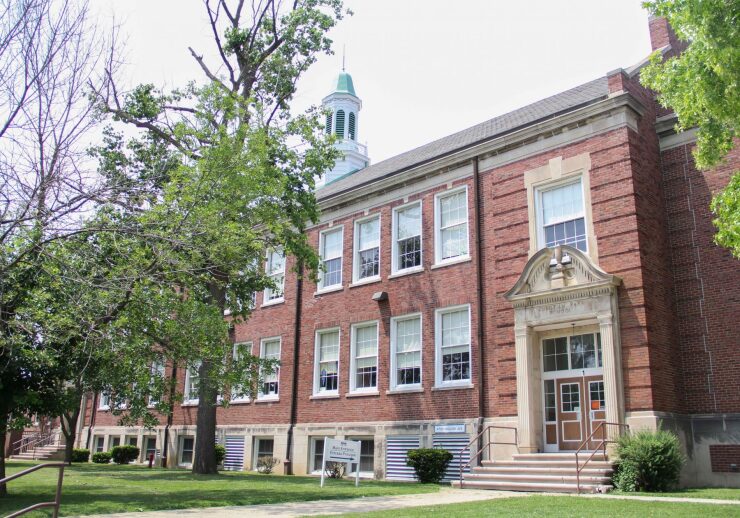Voter approval for Indianapolis Public Schools' $52 million capital bond referendum and a $220 million operating referendum is an instrumental step toward fiscal stability but the district still has work to do, according to S&P Global Ratings.
On Tuesday, Marion County voters approved two tax hikes for the district — one to fund safety upgrades at schools and another to bolster its general fund and raise teacher salaries. The capital levy will support borrowing for facilities and security improvements while the new operating levy will bring in an estimated $220 million in additional annual revenue over the next eight years.

“This passage marks a significant victory for the district and should prove instrumental in management's efforts to stabilize the budget and reserves,” said S&P. “However, the district still has work to do as a return to both near- and long-term financial stability will depend on these new revenues being supplemented with additional, sustainable operational savings, as well as continued positive trends in enrollment.”
“It's a huge win for the district and the children of Indianapolis Public Schools," said Superintendent Lewis Ferebee on Tuesday night. "This positions us well to continue to offer competitive compensation. I'm really pleased and grateful and extremely thankful that the voters approved this investment in Indianapolis Public Schools."
The school district is operating in the red with a $20.8 million deficit. The district hopes to use increased collection stemming from the approved levy to close its current budget gap as soon as fiscal 2020 while simultaneously increasing spending on teachers, salaries and benefits, and programming to remain competitive.
“It remains to be seen, however, how much further cash reserves will decline through the remainder of fiscal 2019 prior to these increased collections,” S&P said. “We anticipate that rising operating costs and potential enrollment fluctuations could still be enough to challenge budgetary balance in fiscal 2020 and beyond.”
In April, S&P downgraded the school district to A-plus from AA and revised the outlook to negative. The rating agency warned at the time that it could downgrade the district by multiple notches if it is unable to structurally balance its books in a sustainable fashion.
S&P said the district’s financial condition has weakened due to declining state aid revenues during a period of increased spending on salaries and programming aimed at retaining enrollment. State aid made up 98% of general fund revenues in fiscal 2017. The operating levy will increase revenues by about 10%.
The district had to reshape its ballot proposal several times in a bid to gain more community support. In the spring the district unveiled a $725 million funding plan for the November ballot, including $200 million for building improvements. That proposal was a scaled-down version of the original $1 billion funding plan that the district was looking to put on May’s ballot. When the measures failed to win significant support from community leaders, the school board withdrew its plans.
Moody's Investors Service rates the district's lease-revenue bonds A1. The school district has $57 million in debt.





